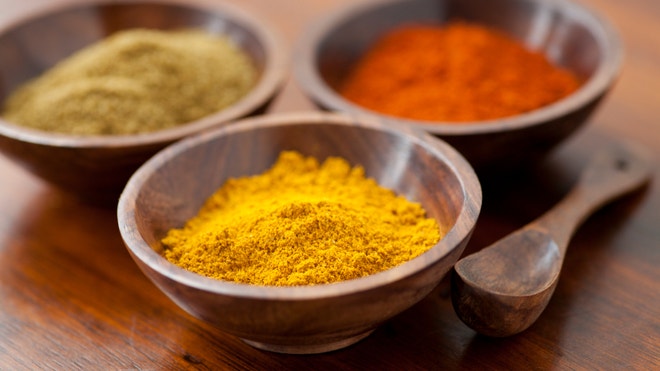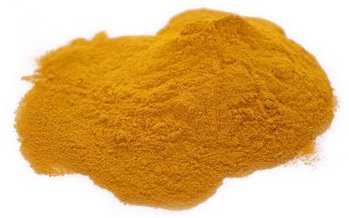“Debate is just beginning in Washington over how medical marijuana will be grown and distributed now that the rules for the recreational market are established. Meanwhile, research into medical benefits of compounds within the cannabis plant continues to show effectiveness.
Effectiveness against pain in its many forms and other side effects of major diseases – or the palliative side of marijuana use – have been pretty well established, but can marijuana directly take on a disease as big, scary and deadly as cancer?
“What we’ve shown using just a few of these (cannabis) compounds is that the effects against cancer are really profound. They really are,” said Dr. Wai Liu, a senior research fellow at St George’s University of London.
Anticancer success
Quick note: Cannabinoids are the chemicals in marijuana that have effects in the body, some have psychoactive (or make you high) effects such as THC, and others such as CBD don’t have psychoactive effects but do interact with the body’s “cannabinoid receptors.” There are more than 85 “cannabinoids” in marijuana.
Liu’s most recent published research “explored the activity of six cannabinoids, used both alone and in combination in leukaemic cells.” The research was published in Anticancer Research: International Journal of Cancer Research and Treatment.
He said the anticancer activity of THC has been “known for sometime” but that THC’s psychoactive effect or tendency to get you high limits its use as a cancer-fighting agent. That’s partly due to the negative social stigma about getting high and, of course, not everyone wants to experience a high.
So, he set out to explore the cancer fighting ability of other cannabinoids that don’t get you high.
“We have shown that these six other agents that lack psychoactivity are also just as effective as an anti-cancer agent,” he said. Chief among the six was cannabidiol or CBD.”






 “A British researcher has found that cannabinoids, a term for chemicals derived from marijuana, can kill leukemia cells, and he expects clinical trials for new medications to begin soon.
“A British researcher has found that cannabinoids, a term for chemicals derived from marijuana, can kill leukemia cells, and he expects clinical trials for new medications to begin soon.

